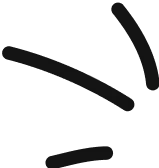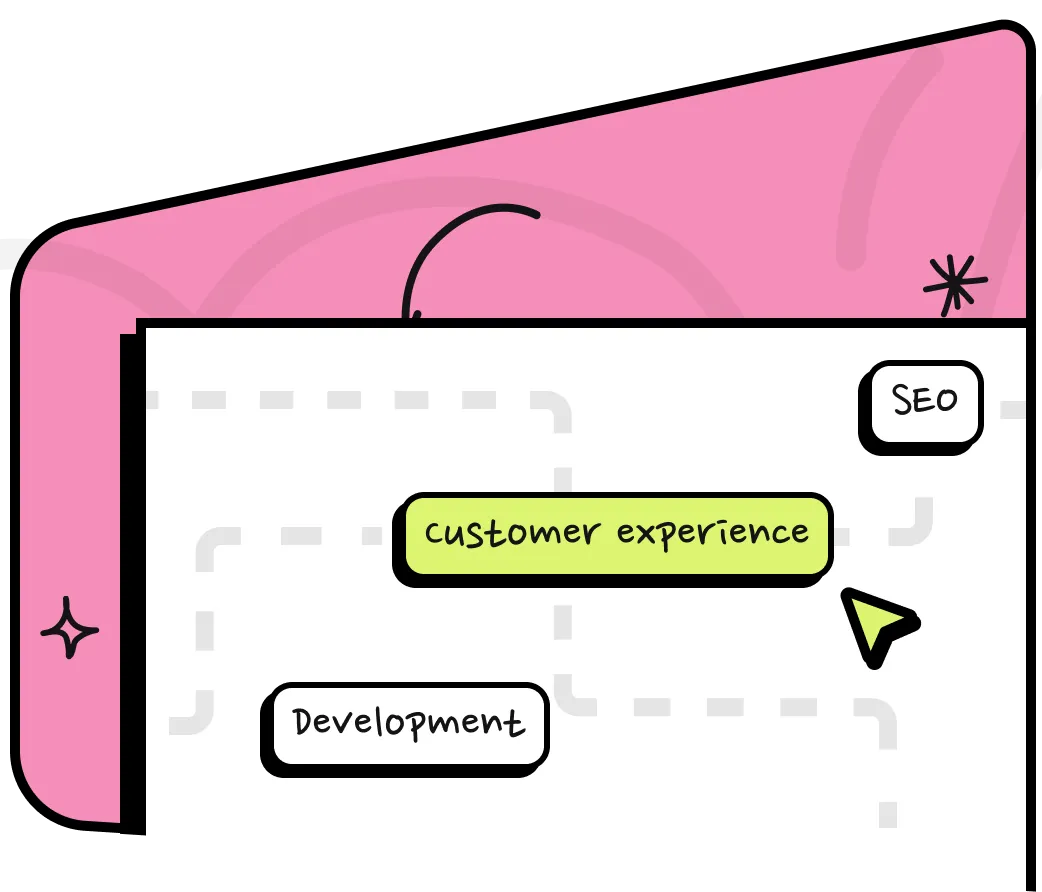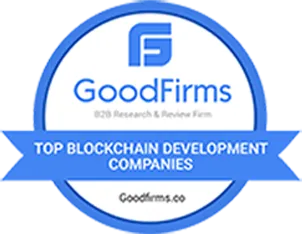





Services
MERN Development
MERN is a comprehensive JavaScript framework that develops web applications by integrating MongoDB, Express.js, React.js, and Node.js.
It enables developers to utilize JavaScript for both the front-end and back-end, enhancing development speed and efficiency while ensuring smooth integration among all components. This stack is greatly appreciated for its scalability, adaptability, and robust community backing.
Grow. Together






Technologies We Use for MERN Development
From building responsive web apps to scalable backend systems, our MERN stack solutions deliver fast, secure, and full-featured applications, all with modern JavaScript technologies.





Our Process
Our Approach to MERN Development
process

Frontend Development with React
Start by building the user interface using React. This includes creating components, setting up routing (React Router), and managing state (with hooks or libraries like Redux). The goal is to create an interactive and responsive UI for users.
Backend Development with Node.js and Express
Next, set up the server-side logic using Node.js and Express. This step involves creating RESTful APIs, handling routes, managing authentication, and connecting to the database. It acts as a bridge between the frontend and the database.
Database Integration with MongoDB
Finally, connect the backend to MongoDB, a NoSQL database. This step involves designing schemas (using Mongoose), storing and retrieving data, and ensuring smooth communication between the backend and the database.
What our clients said
Oliver Thompson
"Sovanza built our entire platform using the MERN stack, and the results are
phenomenal. The app is lightning-fast, scalable, and secure. Their team was
proactive at every stage, from planning to deployment. Truly impressed with
the quality and dedication!"
Sienna Collins
"Our marketplace needed a robust backend and an intuitive frontend—
Sovanza delivered both with MERN development. They crafted a seamless
user experience and scalable architecture that made our platform stand out.
Couldn't have asked for a better partner!"
MERN Development
Three Types of MERN Development
-
Full-Stack Web Application Development
A full-stack MERN developer handles everything from designing UI components to implementing APIs and database models.
-
Single-Page Applications (SPA)
SPAs are web apps that load a single HTML page and dynamically update content without refreshing the page. Using React‘s powerful client-side routing and state management,
-
API-Centric Backend Development
In this type, the focus is more on developing a robust backend using Node.js, Express, and MongoDB.It’s suitable when teams separate frontend and backend development.



MERN Development in the Usa
Why Choose US?
Sovanza stands out as a leader in mern development in the USA. With a proven history of creating user-focused, high-performing applications, we are dedicated to supporting businesses in reaching their digital objectives. Our team’s expertise and customer-focused approach ensure that every app we develop is tailored to meet your needs.
-
Professional experience.
-
150 projects successfully delivered.
-
High Quality Services.
-
Professional team.




MERN Development
Essential Features for MERN Development
To create a successful MERN development, include features like a user-friendly interface, push notifications, real-time data updates, offline capabilities, and effective monetization strategies.
State Management
React’s useState, useContext, or external libraries like Redux or Zustand manage application state across components.
MVC Structure
MERN follows the Model-View-Controller pattern, keeping the application structured and maintainable.
Component-Based Architecture (React)
React allows developers to build reusable UI components, making the frontend easier to manage and scale.
Authentication and Authorization
MERN apps often use JWT (JSON Web Tokens) or OAuth to manage user authentication securely.
Basic
Designed to cover essential features with a focus on simplicity and functionality.
- Frontend Development (React.js)
- Responsive UI with TailwindCSS or Bootstrap
- Single Page Application (SPA)
- Up to 5 Pages/Views
- SEO-Friendly Architecture
- Backend Development (Node.js + Express)
- RESTful API Setup
- MongoDB Integration (up to 3 collections)
- Deployment & Support
- Form Handling & Data Submission
- User Authentication (JWT/Session)
- MongoDB Atlas Setup
- Free SSL & Basic Domain Integration
- 15 Days Post-Launch Support
- Bonus
- Admin Dashboard Template (Basic)
- Free UI Component Library Access
Advanced
Built for scalable, high-performance projects with advanced features.
- Custom Frontend (React.js)
- Full Custom Design (Figma to Code / Tailored UI)
- Dynamic Routing & Complex States (Redux, Context API)
- Animations, Charts, & Real-Time Features (Socket.io)
- Up to 25 Pages/Modules
- Scalable Backend (Node.js + Express)
- Scalable Microservices Architecture
- MongoDB + Redis/PostgreSQL Integration
- Advanced Auth (OAuth, 2FA, RBAC)
- Payment Gateway Integration (Stripe, Razorpay)
- API Rate Limiting, Logging, & Error Handling
- DevOps & Hosting
- Docker Containerization
- CI/CD with GitHub Actions or GitLab
- Cloud Hosting (Contabo, AWS, GCP)
- Domain, Email & SSL Setup
- Extras & Support
- Admin Panel (Advanced with Role Management)
- Email Notification System
- 30 Days Post-Launch Support
- Dedicated Project Manager & Weekly Reports
Enterprise
Tailored for large, fully customized solutions with advanced security and infrastructure.
- Custom Frontend (React.js)
- Full Custom Design (Figma to Code / Tailored UI)
- Dynamic Routing & Complex States (Redux, Context API)
- Animations, Charts, & Real-Time Features (Socket.io)
- Up to 25 Pages/Modules
- Scalable Backend (Node.js + Express)
- Scalable Microservices Architecture
- MongoDB + Redis/PostgreSQL Integration
- Advanced Auth (OAuth, 2FA, RBAC)
- Payment Gateway Integration (Stripe, Razorpay)
- API Rate Limiting, Logging, & Error Handling
- DevOps & Hosting
- Docker Containerization
- CI/CD with GitHub Actions or GitLab
- Cloud Hosting (Contabo, AWS, GCP)
- Domain, Email & SSL Setup
- Extras & Support
- Admin Panel (Advanced with Role Management)
- Email Notification System
- 30 Days Post-Launch Support
- Dedicated Project Manager & Weekly Reports
Frequently Asked Questions
FAQs
Can’t find what you’re looking for? don’t hesitate to reach out!
The MERN stack is a set of technologies for building full-stack web applications. It consists of MongoDB, Express.js, React.js, and Node.js.
MERN’s use of JavaScript across the entire stack allows for better communication between components, reducing context-switching and improving development efficiency.
The learning time depends on your prior experience with web development. If you’re already familiar with JavaScript, HTML, and CSS, it might take 3-6 months to become proficient in MERN. If you’re new to web development, it may take closer to 6-12 months
It is well-suited for real-time applications like chat apps, live data feeds, and collaborative tools. Node.js, with its non-blocking architecture, Node.js allows for real-time communication between clients and the server.
Yes, it is highly scalable. MongoDB’s ability to handle large amounts of unstructured data, combined with Node.js’ non-blocking architecture, makes the stack ideal for building scalable applications that handle high traffic and many users.
Awards & Recognition
We are proud to be recognized for our excellence by important publications around the world.




Let’s build smarter
Ready to accelerate?
Build AI, blockchain, and growth systems that compound results.